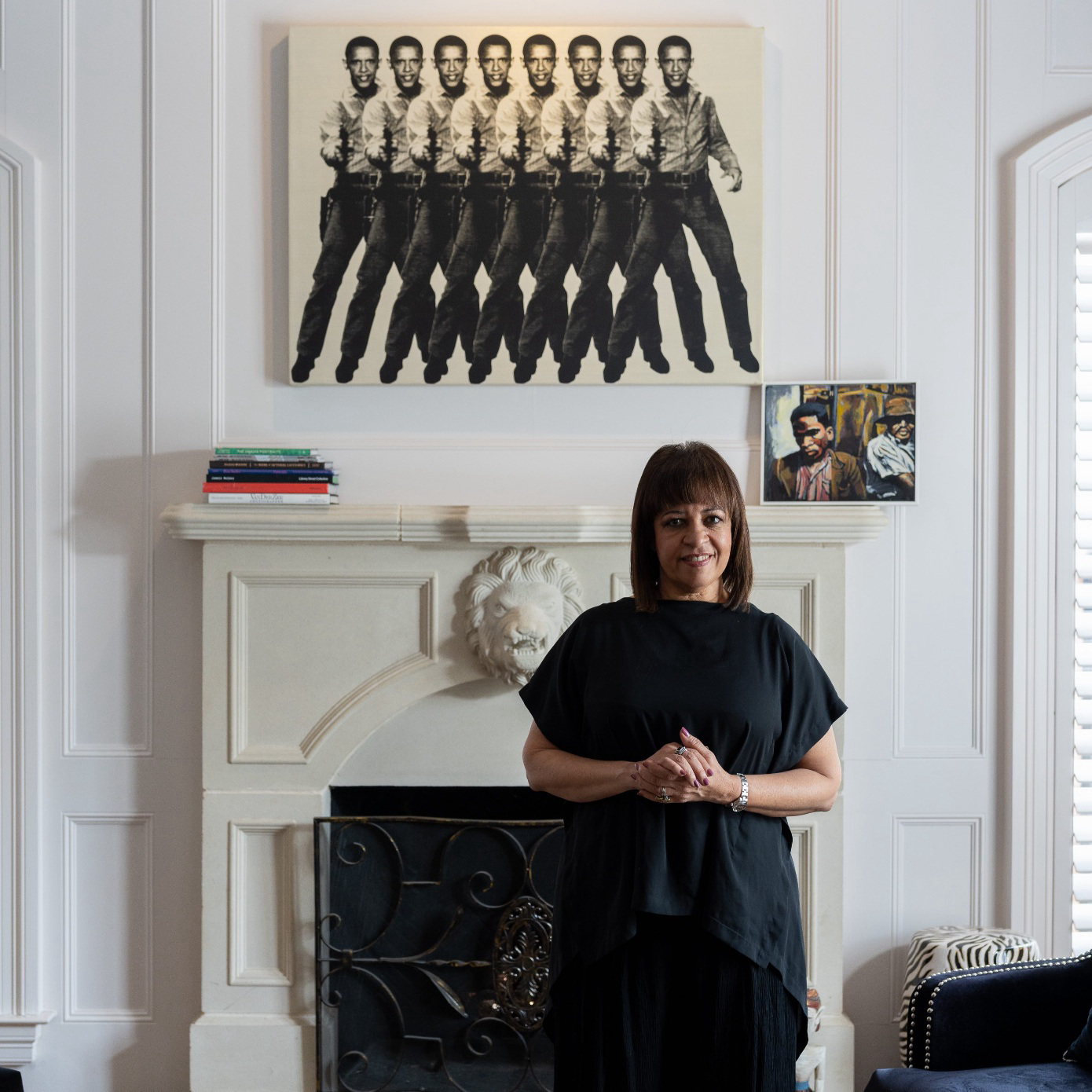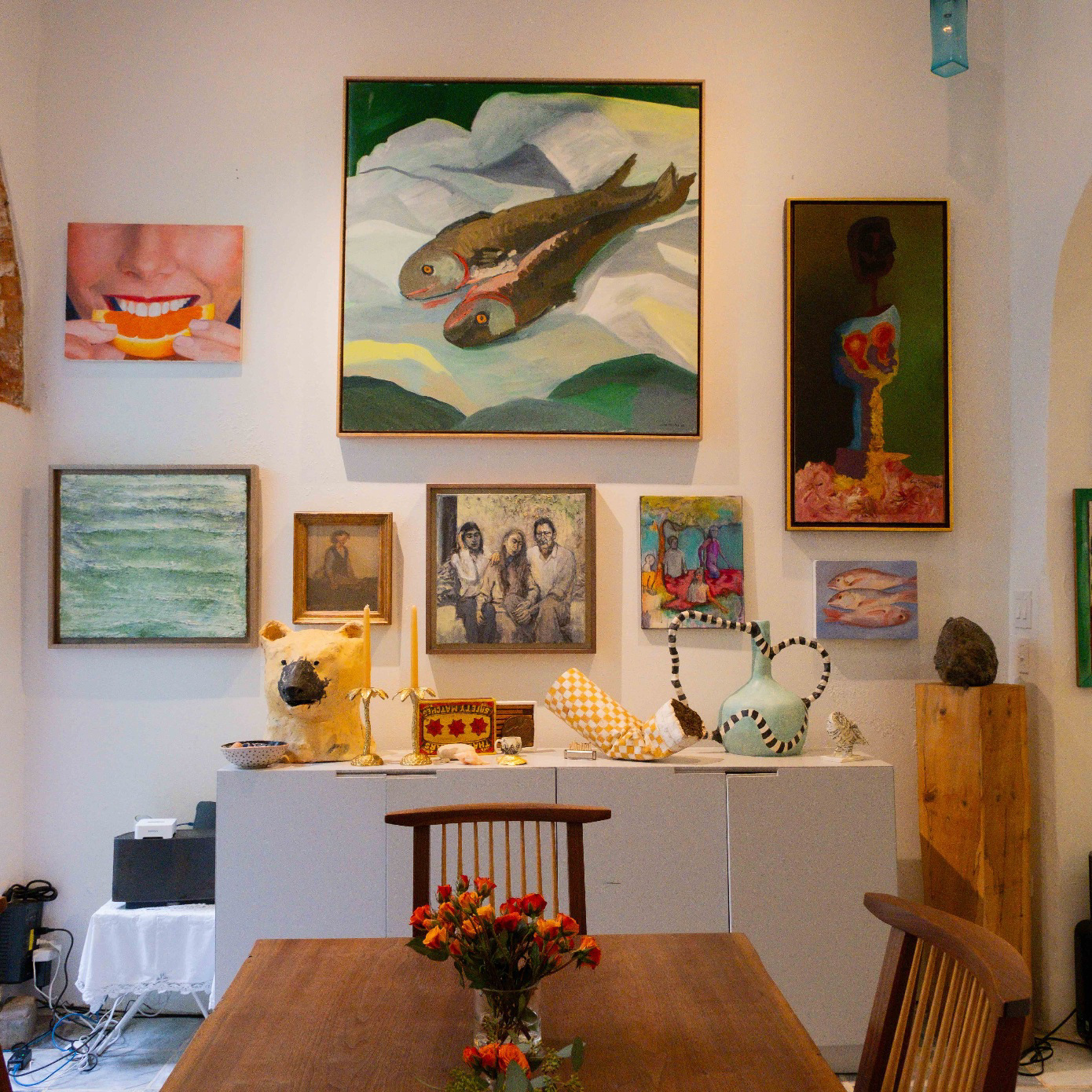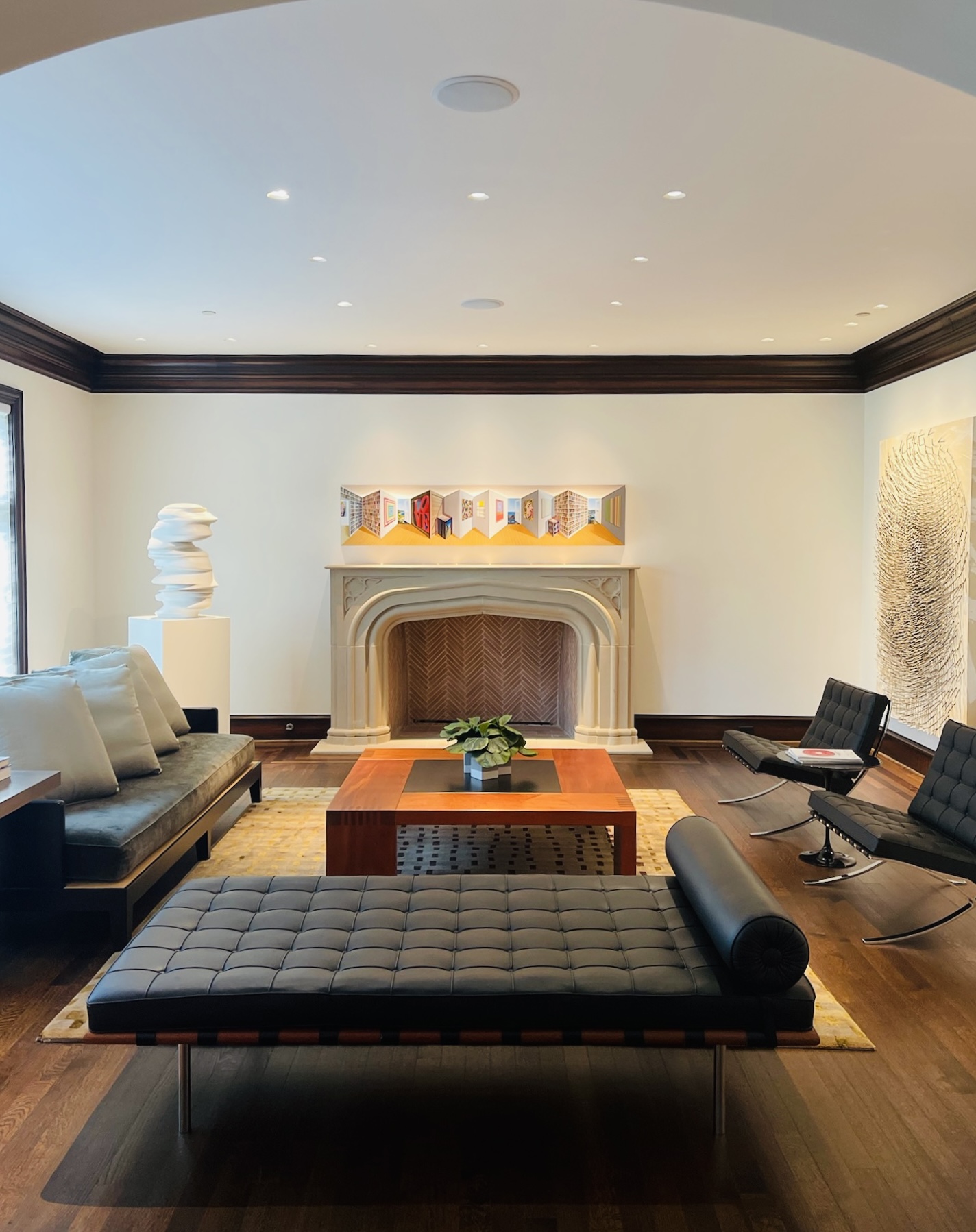
Elizabeth Fazzare: How did you begin to build your own collection?
Mark Giambrone: I wish I had a definitive moment in time. For whatever reason, I love art, and it’s the feeling or the interaction with a piece that really engages me. The pieces I’m attracted to are normally very colorful and capture movement and depth. I first became interested in collecting when I moved to Dallas and began working for Barrow Hanley. Both founders—Jim Barrow and Tim Hanley—are big art collectors and I was constantly surrounded by art. Tim was the president of the Dallas Museum of Art, which inspired me to engage with local institutions. I now sit on the board of directors of Dallas Contemporary and the program advisory committee of the Nasher Sculpture Center.
The piece that started my collection was a large Roy Lichtenstein print bought from a gallery in San Francisco. It was installed in my office at Barrow Hanley because it was just too big to fit in my apartment at the time. I remember Tim saying to me that I’ll know when I’ve become a true art collector when I take something I love down off the walls and put something else up that I love even more. Now I realize wall space is a truly precious commodity for an art collector. After 20 years of collecting, and external storage, I wish I had more wall space!
EF: What pieces inspired you to continue?
MG: The colorists, the classics, were really what first spoke to me. Frank Stella, Jackson Pollock, Mark Rothko and Piet Mondrian—even if I couldn’t collect them, they were artists that initially caught my eye and piqued my love of art. I first encountered some of these artists through the Albright-Knox Art Gallery in Buffalo, New York, where I grew up. The museum, which is undergoing a major expansion, has always been an important institution for me, and I’m excited to soon join its board as an external member. Over the years, my interest in art and culture rapidly grew. As I became more involved in art, going to more museums, traveling to fairs like Art Basel in Miami Beach and attending auctions, I became more and more fascinated by contemporary artists and began to seek out art I liked. I am also interested in public art; the three-dimensional, interactive aspect of sculpture has always intrigued me.
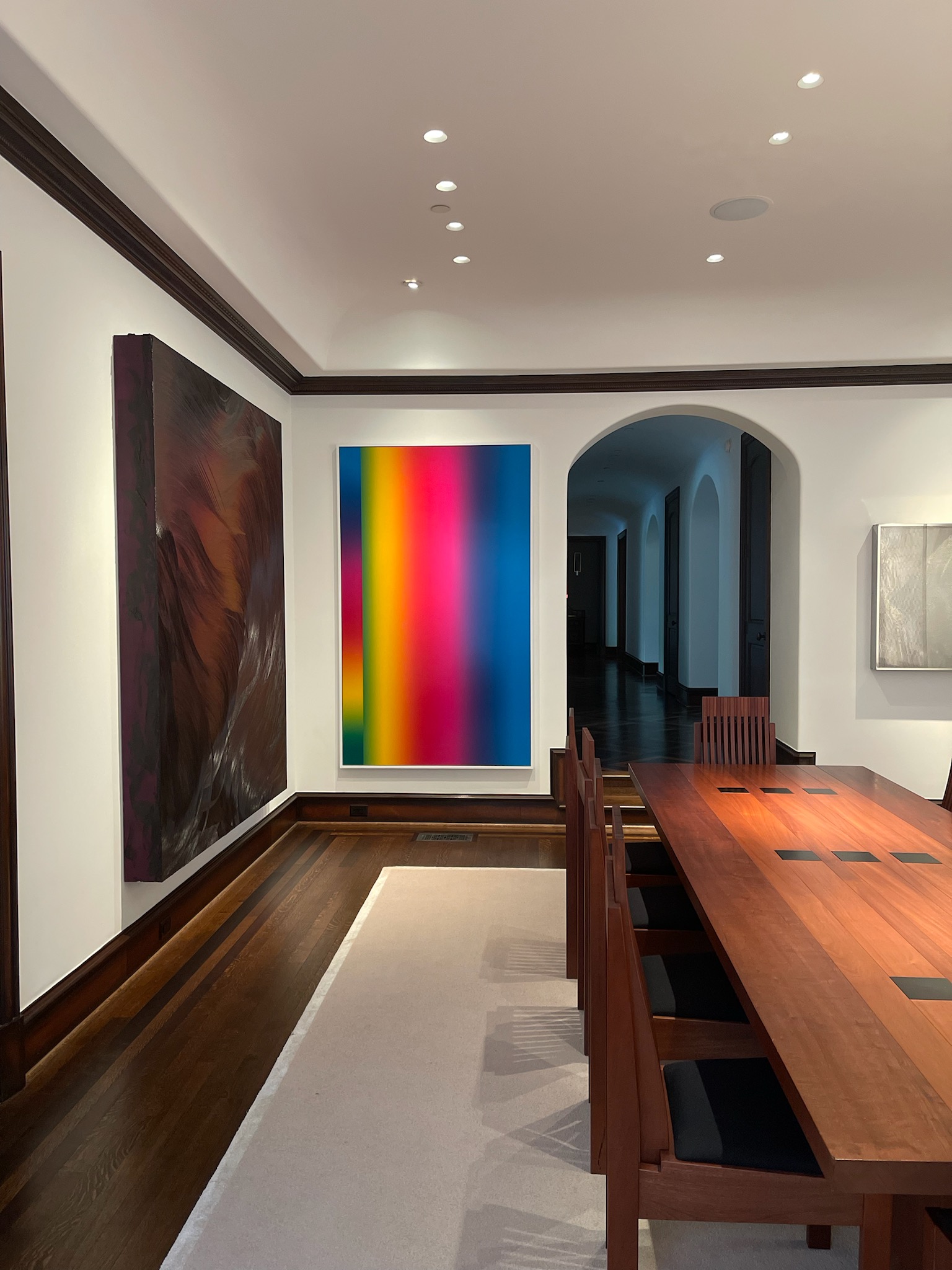
If an artist is alive, I always try to meet with him or her. I’m a numbers guy, so I can’t think like artists. I appreciate their work, but I can’t conceptualize it. When you speak to an artist, you hear the foundations and the reasons behind what they do and it just completely captivates me. Anish Kapoor is a good example of this. His work is so colorful, vibrant and interactive. I previously lived in Chicago, and it was monumental when he installed Cloud Gate in Millennium Park. I later went to visit Anish’s studio in London. Going to his studio was like going to a fun house. There is nothing more special than an artist opening up his studio and engaging directly with the work.
Both of my Peter Halley works, for instance, have been commissioned directly from his studio, which is also such a unique and special thing to do. I have an earlier painting from Peter that features his characteristic style of prisons and cells, as well as a more recent grid painting, like those that will be on show in his upcoming exhibition at Dallas Contemporary. One of the reasons I’m involved with so many galleries and institutions is to have this kind of access to artists. These relationships can only help individuals as they start collecting and develop their own interests and style.
EF: What designers/artists are inspiring you right now?
MG: Lehmann Maupin recently introduced me to the artist McArthur Binion, who I didn’t know and immediately fell in love with. There are so many wonderful artists out there and even the best collector will only know a small percentage. Galleries and institutions can certainly help point you in the right direction. I have bought two works by McArthur, one that I’ve given to a museum and another that hangs in my bedroom. The piece at home is a black-and-white grid that enthralls me every time I see it.

I’m also interested in artists who use different media. I recently came across Gabriel de la Mora, a Mexican artist who constructs visual works from found, discarded and obsolete objects like feathers and eggshells. It always amazes me how people can use non-traditional materials to conceive and make art. There’s also Cory Arcangel, a leading exponent of technology-based art who studied in my hometown of Buffalo. One of his gradients, where the colors almost radiate, is my most recent purchase. It just blew me away.
Finally, I am always interested in the work of Sarah Morris. She is someone I keep returning to and actively collect for her incorporation of diverse media but also her interest in architecture, perspective and color.
EF: Does the marketplace help your discovery process? Why or why not?
MG: Yes, I think it does for a couple of reasons. Firstly, auctions help frame a certain mood or trend. They are great places to discover new artists, especially through the marketing materials and catalogues that accompany them. Flipping through, I find some works really resonate on the page, which then inspires me to research the artist and see whether I can add their work to my collection. In this way, auctions nurture a systematic way of looking at what’s current in the marketplace, which artists are making it into the auctions and the works being sold. Getting into auctions, and selling there, are testament to one’s career. The greats are always consistent. With a full-time job and a father to three boys, these catalogues are an effective resource.
The marketplace also helps with pricing. I’ve always believed in buying what I love rather than investment, but I am a market person, it’s what I do for a living, so it’s important I know what the market is saying about the work to assess its overall value and reach a fair price.
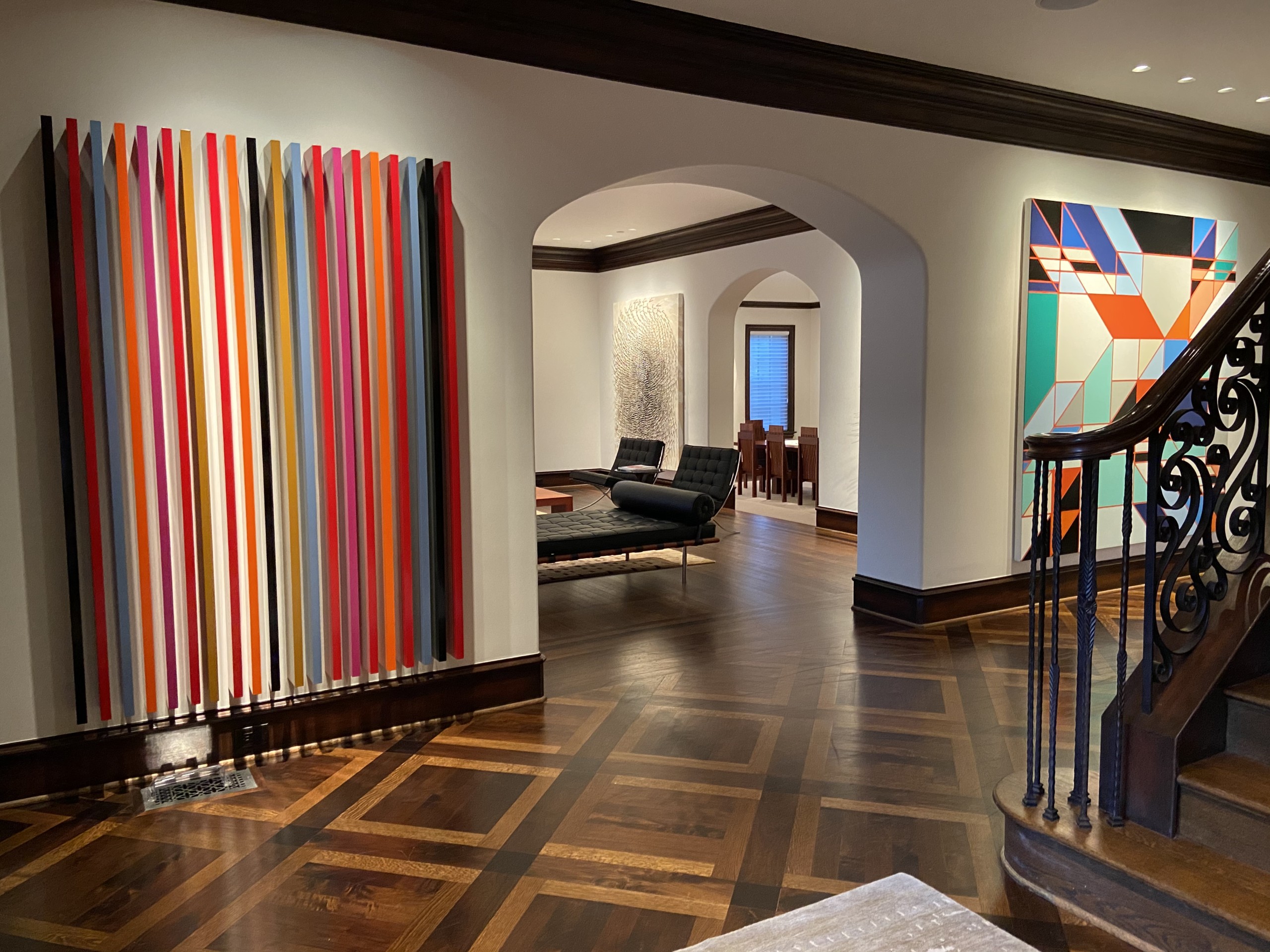
EF: What is the next piece on your radar?
MG: Something I always try to do—which doesn’t always work—is to collect more than one piece from an artist I love. I only have one piece at home by McArthur Binion, for instance, and I would love more. Sean Scully is also doing some really interesting sculptural things at the moment, which I’m paying close attention to, and I’m increasingly fascinated by the work of Mary Corse. There are a million interesting things by so many amazing artists all going on at the same time. It’s really hard to pin down the artists who will really last the test of time, but ultimately, you always hope to find the right pieces for your collection.
EF: What is the one piece that got away?
MG: This question makes me laugh! I think the longer one collects, the longer this list gets. You just don’t know at the time how unique or how great a piece is that you’re looking at. Sometimes it takes historical perspective after not being able to afford it, not getting it on time or watching an artist’s rise to fame.
If I had to narrow it down to one piece, however, it has to be a work by Gabriel Orozco. It was offered to me I’m not sure how many years ago now, but I hesitated. Everyone has to go through an initial discovery process, and the work was not insignificant in value. But it took me too long to make a decision and the work was sold to someone else. It was one of the best pieces by Orozco I had ever seen, and I wish I could look at it every day. But I think that’s just part of it. If you’re not actively pursuing specific works or if you’re not active in the marketplace, sometimes pieces just get away. I imagine every collector must have a very long list!
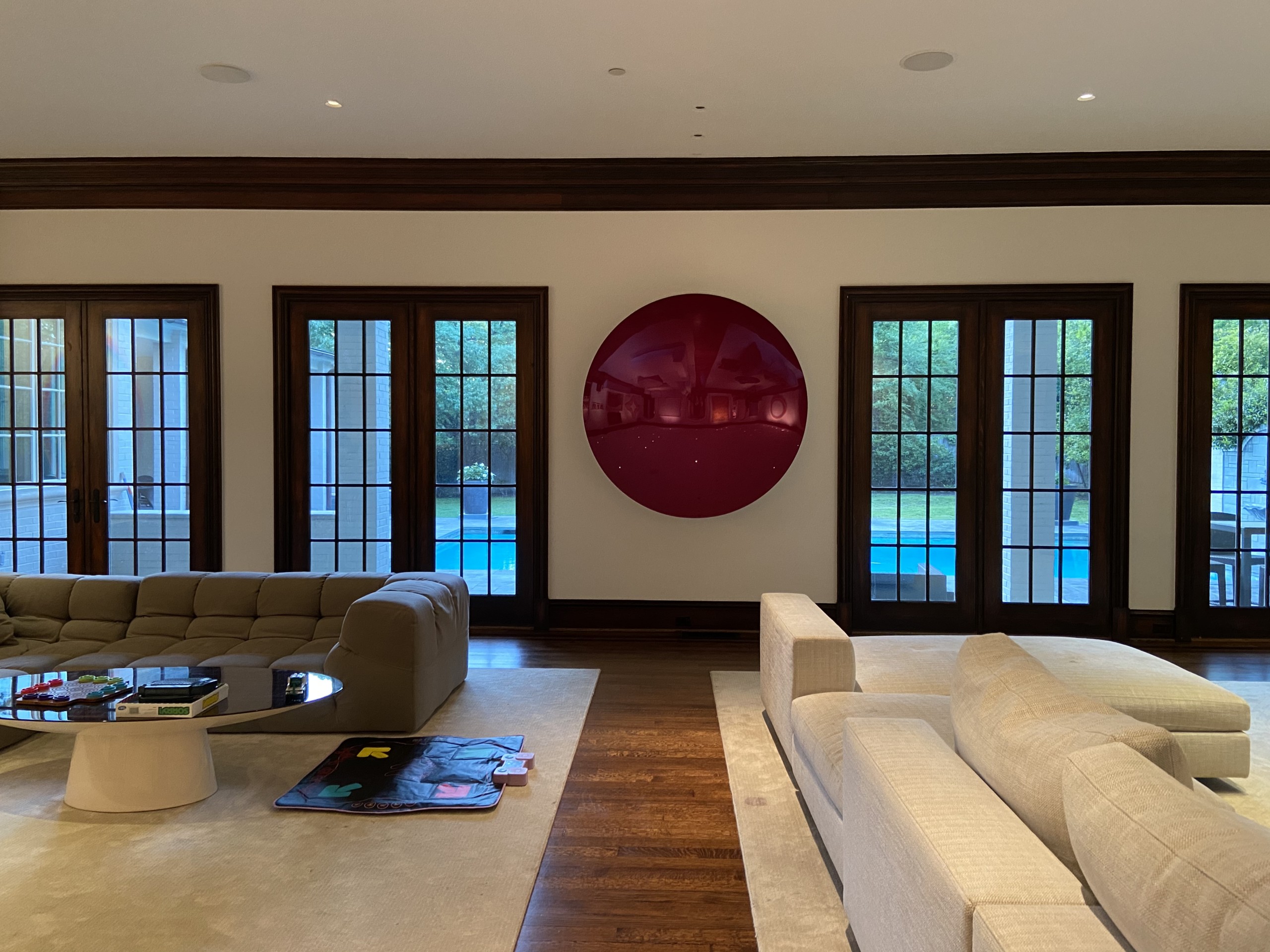
Craving more culture? Sign up to receive the Cultured newsletter, a biweekly guide to what’s new and what’s next in art, architecture, design and more.


